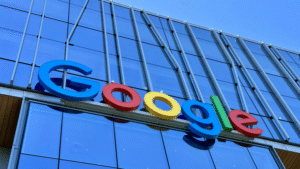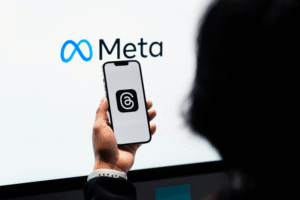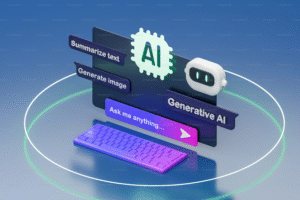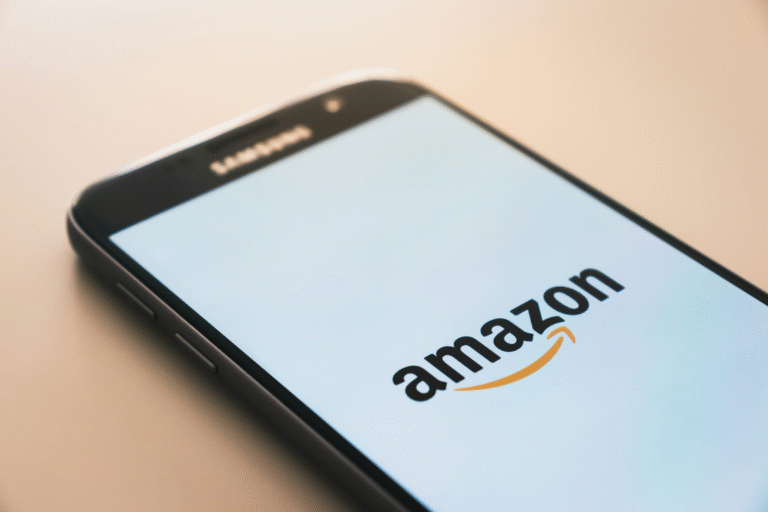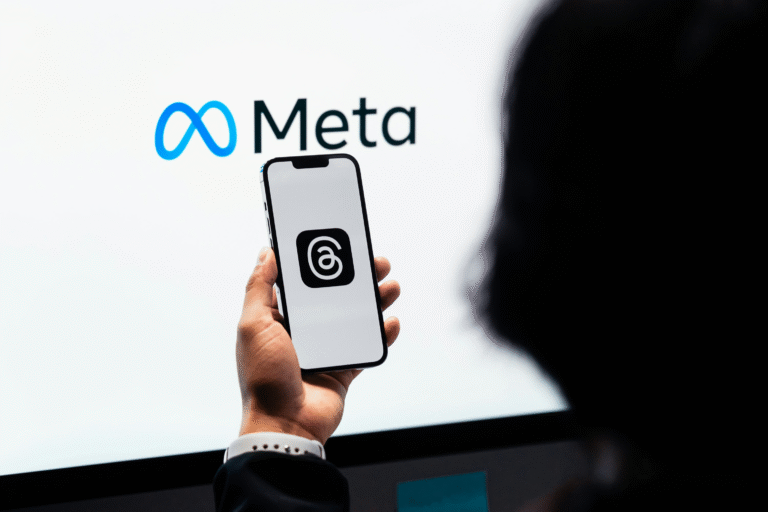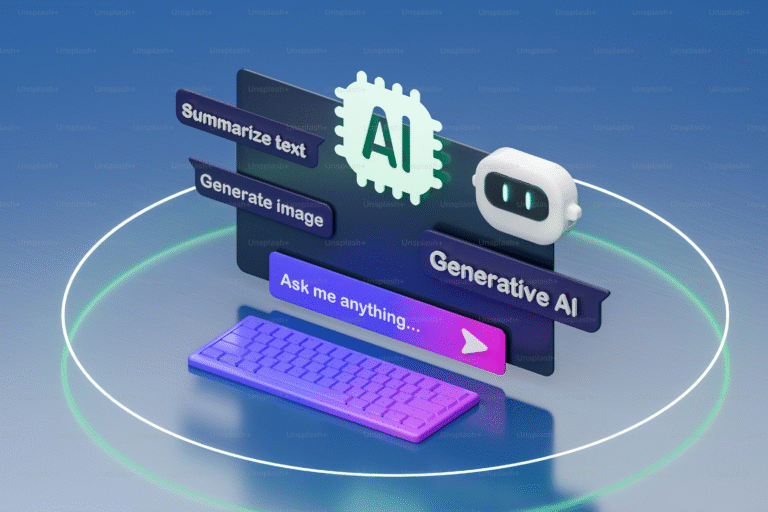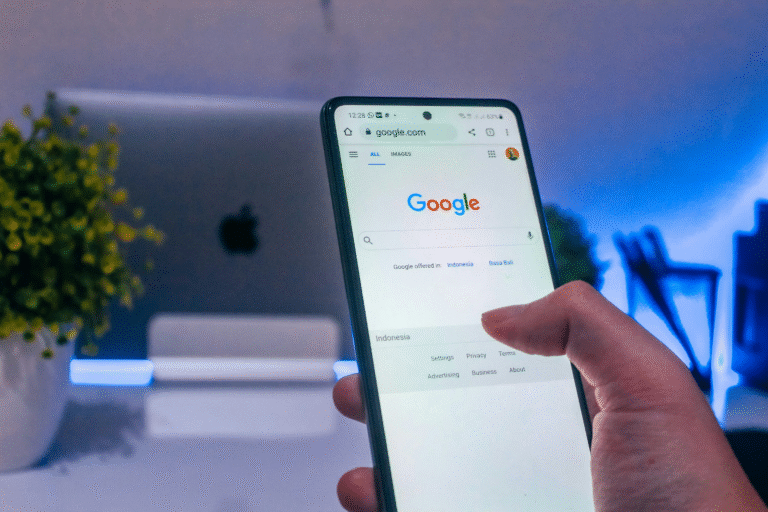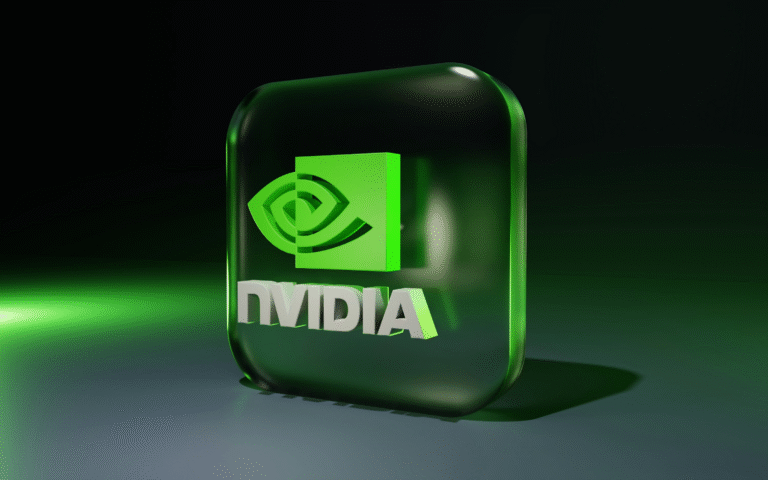In the world of cars, one name stands out: Tesla. They are known for making electric cars that can drive themselves, thanks to something called Full Self-Driving (FSD) software. But recently, the U.S. government has started looking closely at 2.4 million of these Tesla vehicles after a few serious accidents, including one that sadly involved a pedestrian who lost their life.
The National Highway Traffic Safety Administration (NHTSA), which is in charge of keeping our roads safe, announced that they are opening an investigation into these Tesla vehicles. The investigation started because there were reports of four crashes when the self-driving feature was in use during low visibility. Low visibility can happen for many reasons, like bright sunlight, fog, or dust in the air.

In one of these crashes, a Tesla vehicle hit a pedestrian, which is a very serious matter. Another crash resulted in injuries. These accidents raise important questions about how safe Tesla’s self-driving technology really is, especially when conditions aren’t ideal for driving.
The NHTSA is looking into specific Tesla models from 2016 to 2024 that have this self-driving feature. This includes Model S and Model X cars, Model 3 and Model Y vehicles, and the brand-new Cybertruck. The agency wants to understand if Tesla’s self-driving system can safely handle situations where visibility is poor.
Before the NHTSA can ask Tesla to recall these vehicles, they need to gather more information. A recall means that Tesla would have to bring cars back to the factory to fix any problems. The investigation is the first step in deciding if the vehicles might be unsafe for drivers and pedestrians.
According to Tesla’s website, their Full Self-Driving software still requires the driver to pay attention. This means that even though the car can drive itself, it’s not entirely autonomous. A human driver must always be ready to take control if needed. The NHTSA is now reviewing how well this software can see and react to bad driving conditions, like when it’s hard to see because of weather or light.
The safety agency is also asking if there have been other crashes similar to these, especially during low visibility. They want to know if Tesla has made any updates to the FSD software that might change how it works in these conditions. This is important because updates could impact how safely the cars drive when things are difficult to see.
Tesla’s CEO, Elon Musk, is focusing more on making self-driving cars and robotaxis. This push comes at a time when Tesla is facing competition from other car makers and some slow sales in their regular car business. Last week, Musk even showed off a new design for a two-seater robotaxi called the “Cybercab.” This unique car doesn’t have a steering wheel or pedals, relying solely on cameras and artificial intelligence to navigate the roads. But before Tesla can start using this type of vehicle, they will need permission from the NHTSA since it does not have traditional human controls.
Tesla has been developing its FSD technology for a long time. The goal is to create cars that can drive themselves most of the time without needing a driver’s help. However, this technology has faced some tough challenges, including legal problems. There have been at least two deadly accidents linked to the FSD system. One of these occurred in April, when a Tesla Model S in Full Self-Driving mode tragically struck and killed a motorcyclist who was just 28 years old.
Some experts are worried that Tesla’s approach of using only cameras for self-driving technology could be a problem in low-visibility situations. This is because the vehicles do not have backup sensors, which can help detect obstacles. Jeff Schuster, a vice-president at GlobalData, pointed out that weather can affect how well cameras work. If it’s foggy or bright outside, the cameras might not see things clearly, which could be dangerous.
Schuster believes that the regulations surrounding self-driving cars will play a significant role in how this technology develops in the future. He noted that these safety issues could be a major roadblock for Tesla in launching their self-driving technology.

In contrast, other companies that are working on robotaxis are investing in expensive sensors like lidar and radar. These tools help detect what’s happening around the car, making it safer to drive in challenging conditions.
Tesla’s troubles don’t end here. In December, they recalled over 2 million vehicles in the U.S. to install new safety measures in their Autopilot system, which is another driver-assistance feature. The NHTSA is still looking into whether this recall was enough to address safety concerns.
The investigation into Tesla’s Full Self-Driving software is an important step in ensuring road safety for everyone. As technology advances, it’s crucial to find the right balance between innovation and safety. While self-driving cars promise a future where we can relax while traveling, the recent incidents remind us that safety must always come first.
As this investigation unfolds, many people are wondering what will happen next. Will Tesla need to make changes to their FSD technology? Will they have to recall cars? Only time will tell. But for now, it’s clear that the road ahead for self-driving cars is going to be a challenging journey filled with questions about safety, responsibility, and how we navigate our streets in the future.

